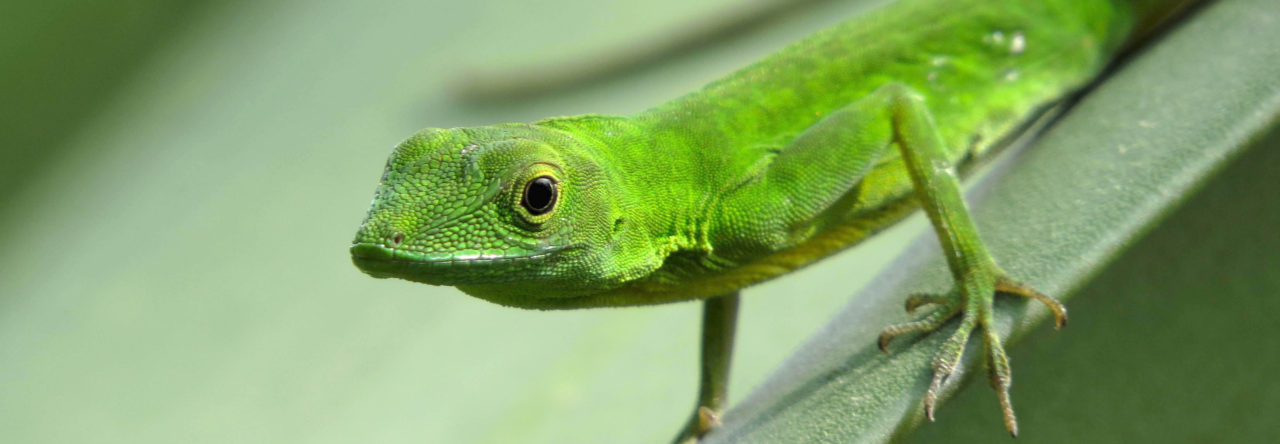A new, two-volume set on the conservation of Caribbean herps has just been published. More on that in a minute, but let’s cut to the important stuff. There’s a great summary of the record of anole introductions (discussed previously a number of times on Anole Annals, such as here, here, here and here) in an article by Bob Powell and others. Here’s what they have to say about anoles:
“Anoles (family Polychrotidae). Anoles are highly diverse (Losos, 2009), quite adaptable, and often function as human commensals. Many species in the region exploit buildings, ornamental plants, and the night-light niche (e.g., Henderson and Powell, 2001, 2009; Perry et al., 2008; Powell and Henderson, 2008). Some are colorful and available in the pet trade (e.g., Kraus, 2009), but nearly all introductions within our region were inadvertent and attributable to stowaways in cargo such as building materials and ornamental plants.
Anolis cristatellus is native to the Puerto Rico Bank and was the only anole that made the list of most successful colonizing species (Bomford et al., 2009).









